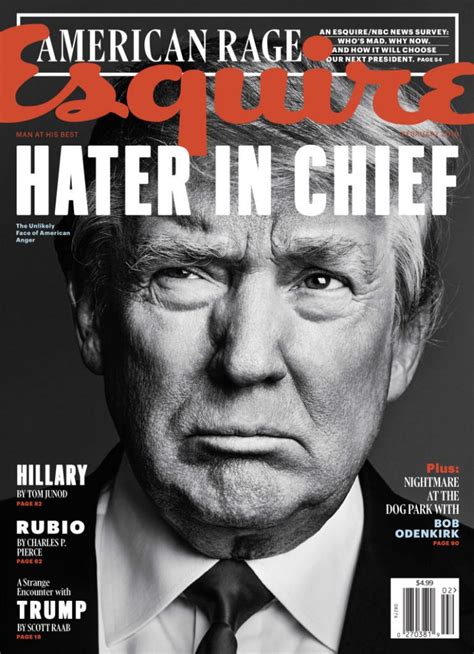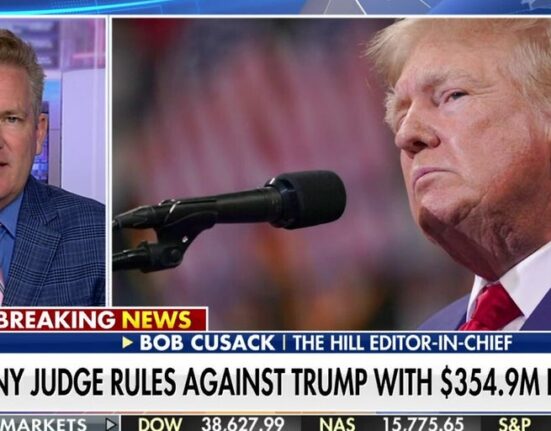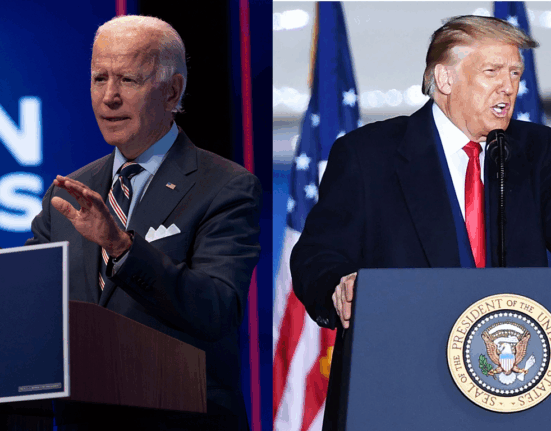In the Winter 2025 issue of Foreign Policy, the cover art vividly captures the essence of the times. A striking illustration portrays Donald Trump clutching segments of a shattered rollercoaster while cars whirl above his head—a visual metaphor for the tumultuous political landscape he symbolizes. The headline boldly declares: “Trump World.”
The magazine delves deep into the complexities surrounding Trump’s presidency and its reverberations across global politics. Through thought-provoking essays and expert analyses, readers are invited to explore diverse perspectives on how Trump’s legacy continues to shape international relations.
“Everyone I know seems to have a pet theory that perfectly explains why Donald Trump won the U.S. presidential election.”
Among the intriguing insights offered is a revealing conversation with a Biden administration official who sheds light on the challenges faced during their tenure. The official candidly discusses how efforts to counteract Trump’s popularity inadvertently led to policies driven more by fear than genuine conviction—a strategy that ultimately backfired.
“There was a degree of fear and insincerity in their policymaking, and voters inevitably saw through it.”
As we navigate through these turbulent political waters, it becomes evident that Joe Biden’s presidency, though aimed at bridging divides, may be viewed as a temporary pause in an era dominated by America First rhetoric—an observation that prompts reflection on broader implications for global diplomacy.
One particularly insightful essay examines Biden’s foreign policy shortcomings, emphasizing the stark disparity between lofty rhetoric and tangible actions—highlighting a critical gap that hindered effective execution on the world stage.
“The expansive chasm between brave pronouncements and what…the administration was actually willing to risk or commit.”
Looking ahead, experts weigh in on potential shifts in international dynamics under continued US leadership transitions. Raghuram G. Rajan, an esteemed economist, emphasizes the importance of cross-border collaborations over isolationist tendencies—forecasting a return towards cooperative solutions for pressing global challenges.
Additionally, readers are treated to engaging discussions on class dynamics within society and their impact on political landscapes. By examining voter trends beyond traditional metrics like income levels, analysts uncover deeper resentments brewing among certain demographics—a nuanced understanding crucial for deciphering recent electoral outcomes.
“Tooze describes how U.S. scholars have focused on income…while failing to consider how class politics have built deep-seated resentment in society.”
Amidst these intricate narratives lies an exploration of Trump’s unique approach to foreign affairs—one characterized by transactional dealings rather than conventional diplomatic norms. His unpredictable nature raises questions about its strategic value and whether such tactics truly yield desired outcomes in complex geopolitical scenarios.
Expert voices caution about potential risks associated with embracing unpredictability as a negotiating tool while acknowledging historical precedents where calculated volatility had varying impacts based on different audience perceptions—underscoring nuances often overlooked in high-stakes diplomacy.
In conclusion, as we embark on this new year filled with uncertainties and opportunities alike, Foreign Policy stands ready to unravel unfolding events with clarity and insight. Each article invites readers to contemplate not just current realities but also future possibilities shaped by past decisions—a journey through shifting paradigms guided by astute observations from seasoned experts.
Remember—the world of geopolitics is ever-evolving; let us navigate it together with open minds and discerning perspectives.









Leave feedback about this